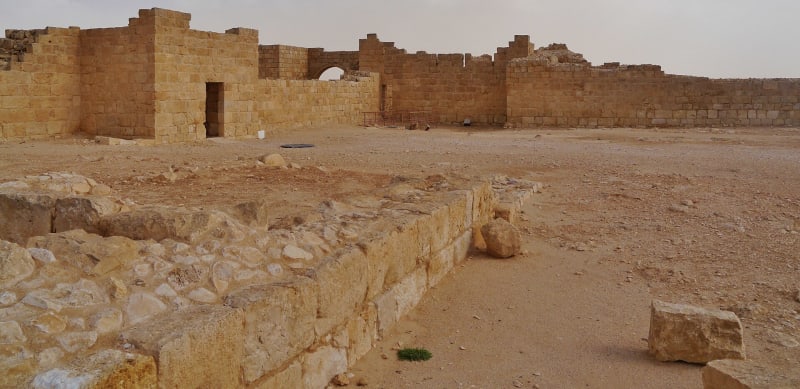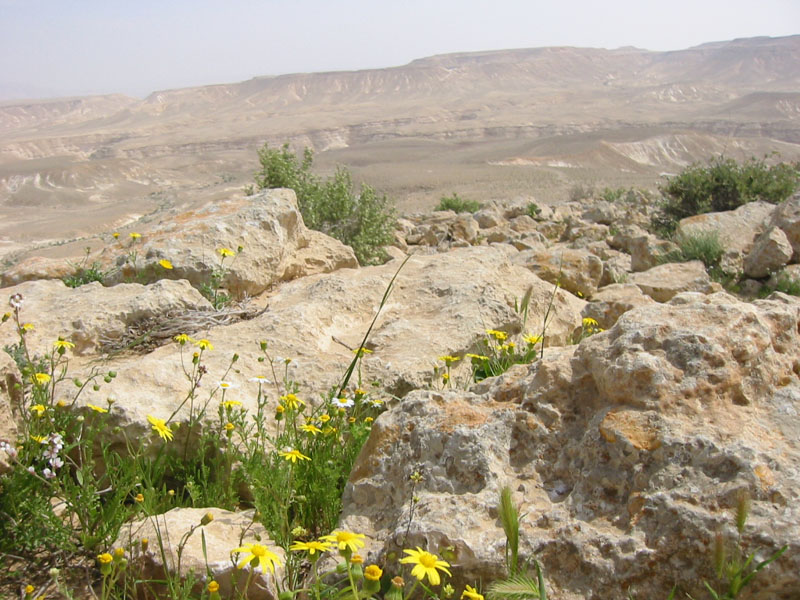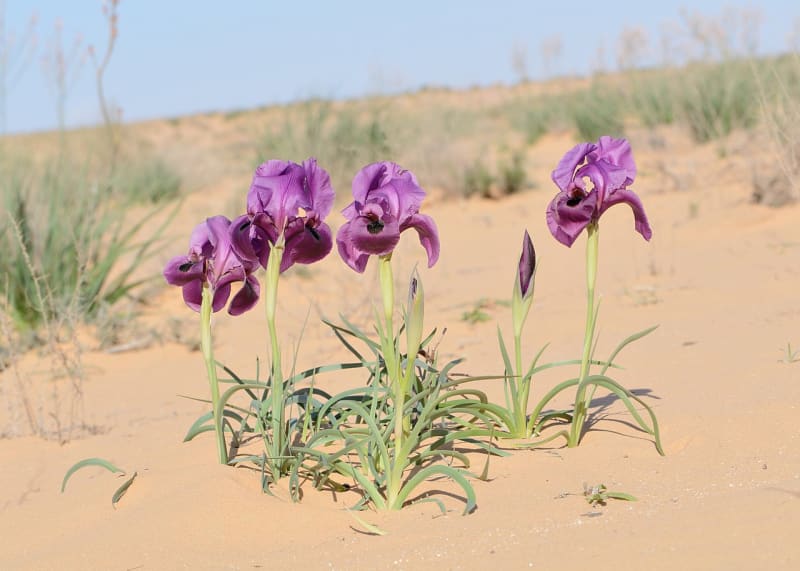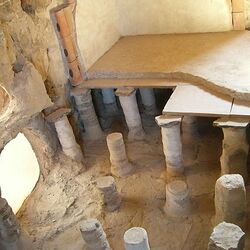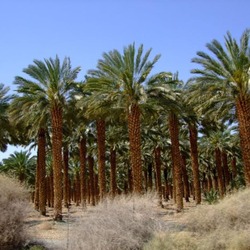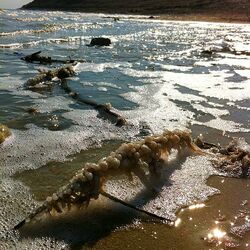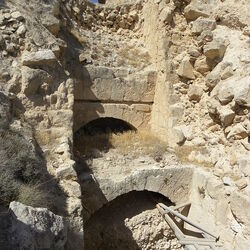Negev Desert
The Negev Desert occupies more than half of Israel, to be more precise, we are talking about 60%. Only 10% of the total population lives here. The total area of the desert part of the country is 13 thousand square kilometers. It is divided into 4 parts: the northern Negev Plateau, the Negev Mountains, the Paran Upland and the Eilat Mountains. The highest point of the desert is Mount Ramon, it is located at an altitude of 1035 m above sea level. The Negev is not a simple desert, it is mobile, vibrant and diverse, and there is a charm of restraint in its nature. An active life has been going on here for thousands of years. And now, tourist routes are built so that tourists can see the unique nature, touch the holy places of the desert and archaeological sites.
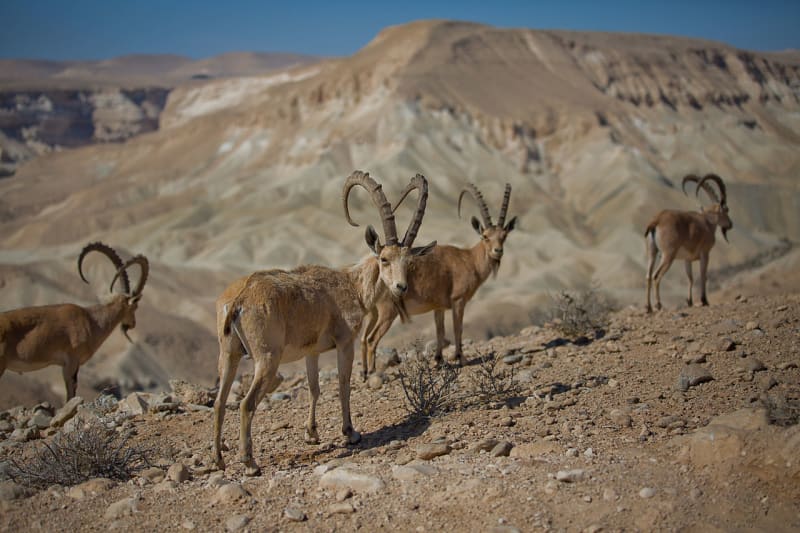
A forest in the middle of the desert
Although the Negev Desert is a dried-up desert with sparse and sparse vegetation, the Israelis created the artificial Yatir forest in the north of the desert, in the Hebron Highlands. Since 1964, it has already planted more than 4 million trees: peaches, nuts, olives, almonds, pines. Hundreds of tourists a day come to the forest to relax. Routes are equipped for them, paths are made and a fire protection system is equipped. Small agricultural settlements (kibbutzim) of Shani and Ar Amasa are located near the forest.
A stream in the desert
The desert never ceases to amaze with its wonders and contrasts. The Bsor stream flows among the many hills and hills. Its peculiarity is that being in the heart of the desert, it never dries up. The water is certainly not drinkable, as the stream is swampy and filled with algae. These places are famous for their history, David and Abraham once visited here, Alexander the Great's army marched, the battle of the Six-Day War thundered.

The spring is located in a nature reserve. One of the attractions of the reserve is a suspension bridge built between the two banks. And although the structure is quite reliable, with strong gusts of wind it sways a lot, it gets a little scary.
Moonscapes
In some places, in the Negev desert, you can feel like you're on the moon. The landscape resembles lunar craters and steep cliffs. The largest crater is called Ramon. The reason for the formation of craters lies in the erosion of rocks. Quartz crystals form inside the crater due to lava ejections onto the sandstone. Outwardly, in shape, they look like pencils. At the bottom of the crater, you can find evidence of a thousand-year-old existence of the sea in these places. Shells of extinct and extinct mollusks hundreds of millions of years ago are scattered throughout the area. The Negev Desert is full of attractions, and guides invite you to visit many interesting places.
On a desert ship
One of the excursions offers an hour-and-a-half walk through the Eilat Mountain Reserve, riding a camel. After the walk, everyone is invited to dinner, try Bedouin tortillas, olives, cheese and tea made from the local herb habaka, similar to mint. During dinner, the setting is illuminated by torches, and is a magical sight in the silent desert.
On all four sides
For lovers of adrenaline, jeep rides are offered along the bed of a dried-up river, to the top of Mount Yoash, 725 meters above sea level. On the way, passing through the biblical sites, there are several stops, during which the guide tells about the history of the region. From the height of the Eilat Mountains, you can admire the sunset, an unforgettable view of the Gulf of Aqaba, and see 4 countries at once: Jordan, Egypt, Israel, and Saudi Arabia.
Climate
The Negev Desert is located in the subtropical desert belt of the Northern Hemisphere. The continental semi-desert and desert climate is characterized by large ranges of temperature differences between day and night, and between the summer and winter months. In dry and hot summers, the thermometer can rise to 50 degrees. During the winter months, it is much warmer here than in the rest of Israel, but at night the temperature can drop to 0 °C or lower. In the southern part of the desert, there is almost no precipitation, and in the northern part, up to 300 mm falls per year.
The best time to visit
A comfortable stay in the Negev Desert is the beginning of spring (March) and until mid-May. It is very beautiful here in spring, as the grass begins to turn green everywhere, a floral carpet of lavender and irises covers the desert, acacia shrubs and trees bloom. Flocks of birds returning from wintering fill the sky. Then, unfortunately, all this beauty fades and dries up. From September to the end of November, the weather is also very comfortable here, but the autumn landscapes are no longer so picturesque.
Where to stay
There are no problems with overnight accommodation in the Negev Desert. There are many settlements where you can stay. Tents, eco-villages, guest huts and houses decorated by local craftsmen contribute to immersion in the desert atmosphere. For lovers of comfortable living in the capital of the Beersheba desert, there are various hotels that can be booked in advance.

